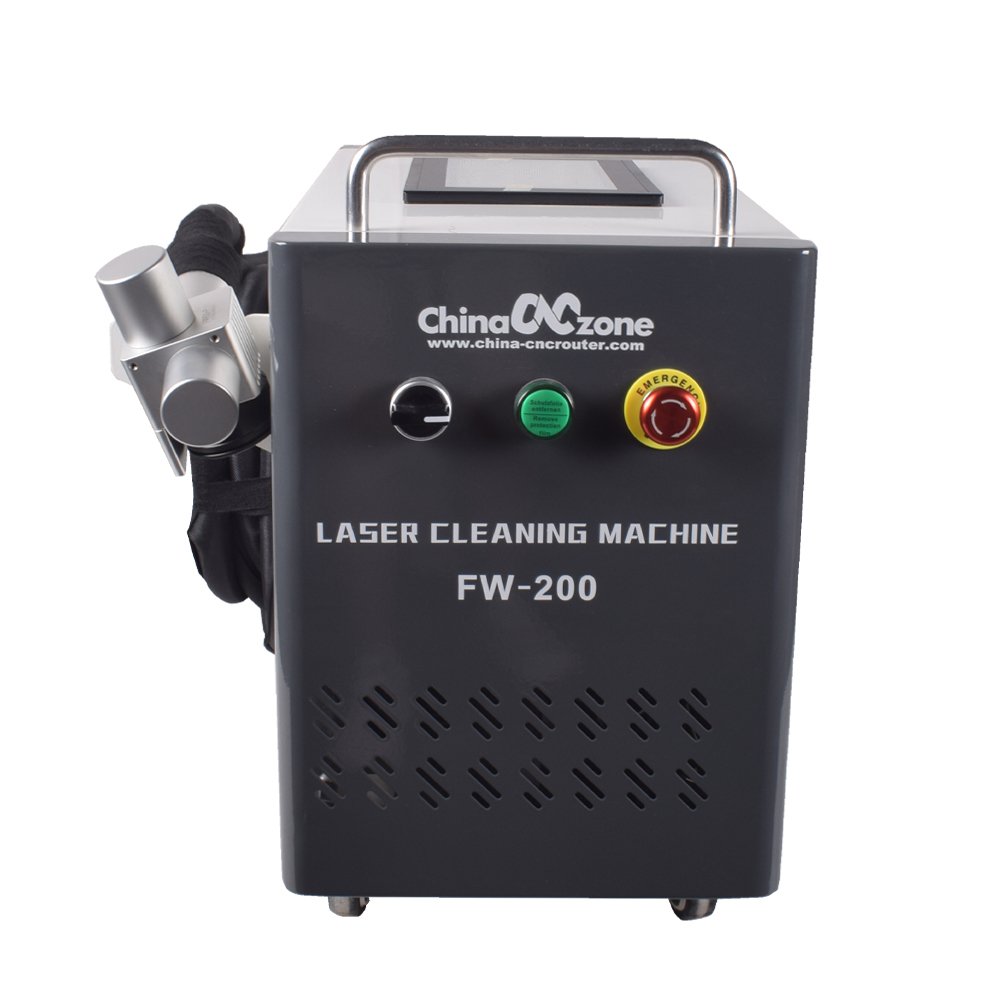

With the increasing using of laser cleaning machine, more and more people noticed the advantages of laser cleaning machine: Laser cleaning systems can clean a wide range of materials, including metals, thermoplastics, composites, stone, wood, and concrete. They are effective in removing various contaminants and coatings like rust, oil, paint, carbon deposits, and more, It is widely used in various industries due to its numerous advantages over traditional cleaning techniques.
Till today, there are main 2 types of laser cleaning machine which are widely used, they are pulsed laser cleaning machine and continuous laser cleaning machine, so what is the difference between them? How to choose the correct type?
To choose a suitable laser cleaning machine, first we need to know the difference between them, we can analyze from following aspects:
1. Working Principle
Pulsed Laser: removing surface contaminants with short, high-energy pulses .
Continuous Wave (CW) Laser: burning away dirt and contaminants by constant beam of energy.
2. Applications
Pulsed Laser: Ideal for precision cleaning, delicate surfaces, and materials sensitive to heat. Suitable for industries with high requirements for surface clarity, such as rubber molds, 3C industries, Seiko molds, and stainless steel and aluminum thin parts. Effective for removing coatings, paints, rust, and other stubborn surface pollutants.
Continuous Laser: Well-suited for large-scale jobs, especially removing rust from large areas quickly. It can remove rust, paint, oil, impurities, oxide layers, and weld seams from object surfaces. It is mainly used in some large steel structures and engineering machinery.
3. Advantages and Disadvantages
Pulsed Laser:
Advantages:
Provides precise control, allowing the laser energy to be focused on the target area, minimizing the impact on surrounding materials.
It can restore the original color of the metal without damaging the substrate.
Generates less fume and smoke, making for a cleaner, safer work environment.
Disadvantages:
Higher cost for manufacturing and maintenance compared to continuous laser cleaning machines.
Slower processing speed for large-area cleaning tasks due to intermittent emission.
Continuous Laser:
Advantages:
Suitable for cleaning large areas and materials with relatively flat surfaces.
Has a relatively stable cleaning process and can work continuously, resulting in a faster cleaning speed.
Efficient for large projects and industrial-scale operations.
Disadvantages:
May cause excessive heating or surface damage to thin-walled materials susceptible to thermal deformation or with special surface treatments.
Difficult to restore the original color of the metal and is more suitable for pre-treatment.
4. How to choose
Choose CW Laser Cleaning if you’re dealing with large areas of rust or need to remove material quickly, and the surface can handle high heat without warping or damage.
Opt for Pulse Laser Cleaning if precision is key, or if you need to protect the underlying material from heat damage while still effectively removing contaminants.
